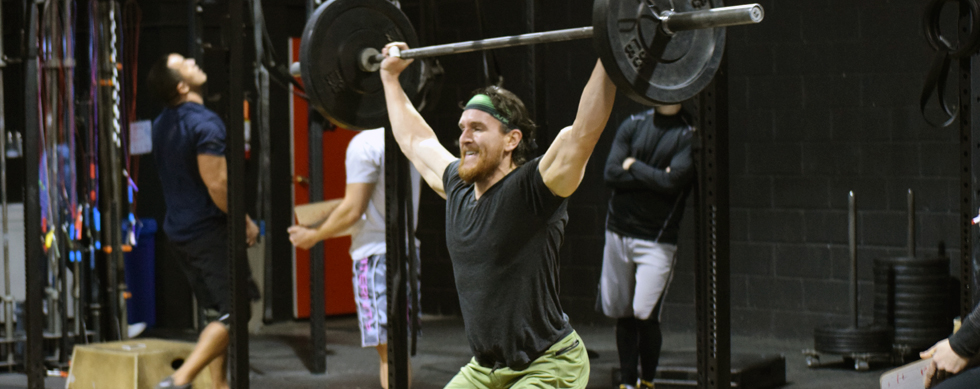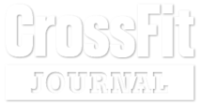The Power Snatch
By: Reuben Pearlman
There are few things that CrossFitters get as excited about as hitting a PR on their snatch. As strength legend Bill Starr explains, “The full snatch is one of the most complicated movements in all of sports. An athlete has to pull a weight upward with force and speed, then completely reverse his mental keys to explode downward under the still-moving bar. His foot placement, body positioning and lockout have to be precise when he hits the bottom or the bar will crash to the floor.”
However, as the title indicates, this article isn’t about the full snatch. For those of you looking to improve your snatch, check out CrossFit 718’s Snatch Workshop on Saturday, January 16th at 2pm.
Whether you plan on attending the workshop or not (although I recommend you do), a great way to improve your full snatch is to perform one of its basic variations – the power snatch. The power snatch is simply a snatch without a full-depth squat to receive it. Instead, the lifter catches the bar locked out overhead, and all downward movement stops with the lifter’s thighs above horizontal. The primary variations of the power snatch include hang power snatches and block power snatches (the difference being in the starting location of the bar, as the names suggest).
Besides being useful as part of a learning progression for beginners, the power snatch can be used as a variation for individuals who are not mobile enough to sit into an overhead squat position.
Even if someone isn’t interested in moving on to full snatches, the power snatch is an excellent exercise for building back strength. Power snatches involve the lats to a greater degree than other lifts because the snatch utilizes the widest grip of any pulling exercise. The lift also has a very positive effect on the traps and shoulders due to the fact that the bar is pulled so much higher than in any other exercise, bringing into play the wide portion of the traps and the rear deltoids in an entirely different manner.
Execution
To begin the power snatch (from the floor), stand exactly as you would in the snatch – in fact, Coach Iz says that your set up should be the same in all of your major lifts. Grip the bar with a wide snatch grip, and set the hips slightly below parallel with the floor. Remember to keep your back tight throughout the movement. To ensure this, focus on locking your shoulder blades together during your setup.
The first pull is similar to a deadlift. Bill Starr suggests that “instead of thinking about rushing the bar off the floor, try this: get set, tighten all the muscles in your body from your toes to your neck, then imagine you’re pushing your feet down into the floor and squeeze the bar upward with your arms straight and your back extremely flat.”
When the bar passes mid-thigh, drive your hips forward aggressively and—with your arms still straight—shrug your traps. All the while, the bar must be close to your body. Make sure you don’t punch the bar away from your body when you drive your hips forward.
After the bar passes your navel, bend your arms explosively and your biceps and brachioradialis will punch the bar upward even higher. The final touch is to extend high on your toes and elevate the bar a couple more inches. These final inches are often critical to making the lift cleanly.
Next drive your elbows up and out, rather than back, at the very conclusion of the pull. Remember, once your elbows rotate backward, you no longer have any upward thrust and have to depend on momentum or pure shoulder strength to fix the bar properly over your head. Conversely, when you keep your elbows up and out, your powerful traps can assist you with the finish.
As the bar climbs past your head, bend your knees slightly and dip under the bar. Don’t just catch the bar overhead—push up against it. This will help you place it exactly where you want it to be and control it more readily. While holding the bar overhead, extend pressure against it and think about stretching it apart as well. This will help strengthen the position.
Note: Many people will find that they can lift more weight in the power snatch than in the full snatch. This is mostly to do with form and will reverse with practice.






Leave a Reply
Want to join the discussion?Feel free to contribute!